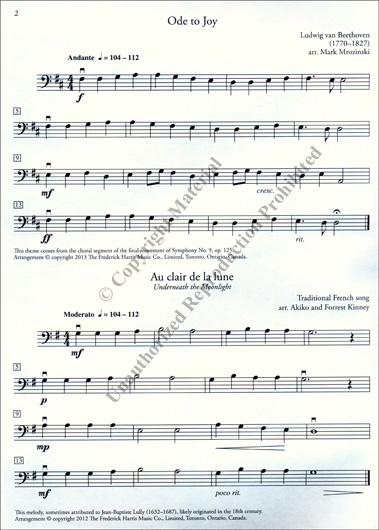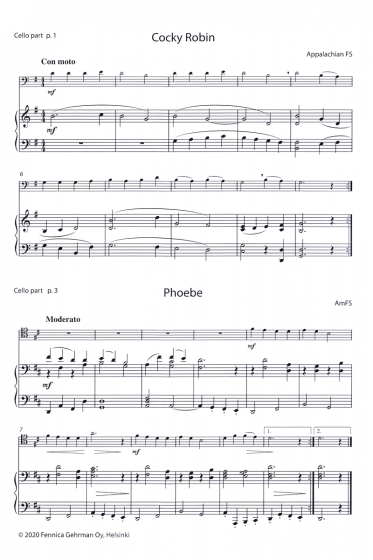
She especially enjoys playing basso continuo, which has been described as ‘excellent’ (Early Music Reviews) and ‘impressive: unobtrusive yet decisive’ (Opera Today). With the Castello Consort she was recently accepted to take part in the Eeemerging-programme.

Besides that, she regularly performs with the Laurenscantorij, Ars Musica and the Dutch Baroque Orchestra. Anne-Linde is ‘Young Bach Fellow’ of the Nederlandse Bachvereniging and member of the Theresia Youth Baroque Orchestra (Italy). Last year she studied with Jonathan Manson at the Royal Academy of Music in London (Erasmus Exchange). In my opinion, those treatises are not only valuable for 17th century repertoire, but could be also a source of inspiration for any other repertoire.Īnne-Linde Visser (The Netherlands, 1992) studies baroque cello with Lucia Swarts. Written in even greater detail concerning articulation, are the treatises for wind instruments. Ganassi (16th century) already gives some very important ‘rules’ on string-playing that are still applicable today. The treatises by Sylvestre Ganassi, Riccardo Rognioni and Francesco Frognoni, were my main sources for bow-technique. In terms of bow hold, underhand bow hold is seen the most, but also overhand bow hold can be seen towards the end of the 17th century. Iconography shows us that there are a lot of possibilities to play the cello. The sources used include mainly treatises and iconography (taking into account that not all iconography is appropriate). In short, my research contains the following elements: the bow, the bow-hold, bow-technique and other sources on articulation. Develop a balanced and natural seated position Pizzicato and basic.

Repertoire which is written especially for the violoncello starts in the late 17th century, but a lot of this repertoire was still composed in the old style. Scales, movements of Bach and Concerto movements should be memorized. The first cello treatise was not written until 1741 (Corette) and therefore most cellists will play this repertoire with a late 18th century (bow) technique. Beethoven’s signature early-romantic sound, combined with his detailed understanding of the cello, lended itself to some truly incredible works for cello. My aim for this research was to find out more about 17th century cello playing, with the focus on bow technique. Beethoven composed his 5 Cello Sonatas at various points in his career, and each sonata has managed to define the standard cello repertoire to some extent. How can we regain seventeenth century bow-technique for cello repertoire? Classical Guitar Repertoire and Technique Drawing upon its reputation of excellence, the fifth edition of The Royal.

Frogs Dancing on Water Lilies - Mustonen, Olli.O Canto Do Cysne Negro - Villa-Lobos, Heitor.Sonata in F Major, RV 41 - Vivaldi, Antonio arr.Sonata in C Major - De Fesch, Willem arr.Sonata in G Major - Bach, Johann Christoph Friedrich arr.1 in F Major - Breval, Jean-Baptiste arr. These selections provide the flexibility to choose pedagogically appropriate material suited to each individual, and to motivate students to fully develop their musicianship and technique. Learn the basics of cello playing by the use of effective and fun methods, easy songs and etudes, playful pieces and duets. Each level offers music from a range of styles and compositional eras, including standard literature, new arrangements of familiar tunes, and music written for cellists, by cellists.
Cello repertoire and technique series#
Supporting a balanced course of study, this series organizes repertoire into nine volumes from the Preparatory Level through Level 8. With an expansive representation of musical styles from all eras, this series addresses the need for a single collection of quality educational materials to foster musical development and instill appreciation for the richness and diversity of music written for cello. This inaugural edition of the Cello Series offers a sound and progressive collection of Repertoire, Recordings, Etudes, Technique, and Orchestral Excerpts for the aspiring cellist.


 0 kommentar(er)
0 kommentar(er)
